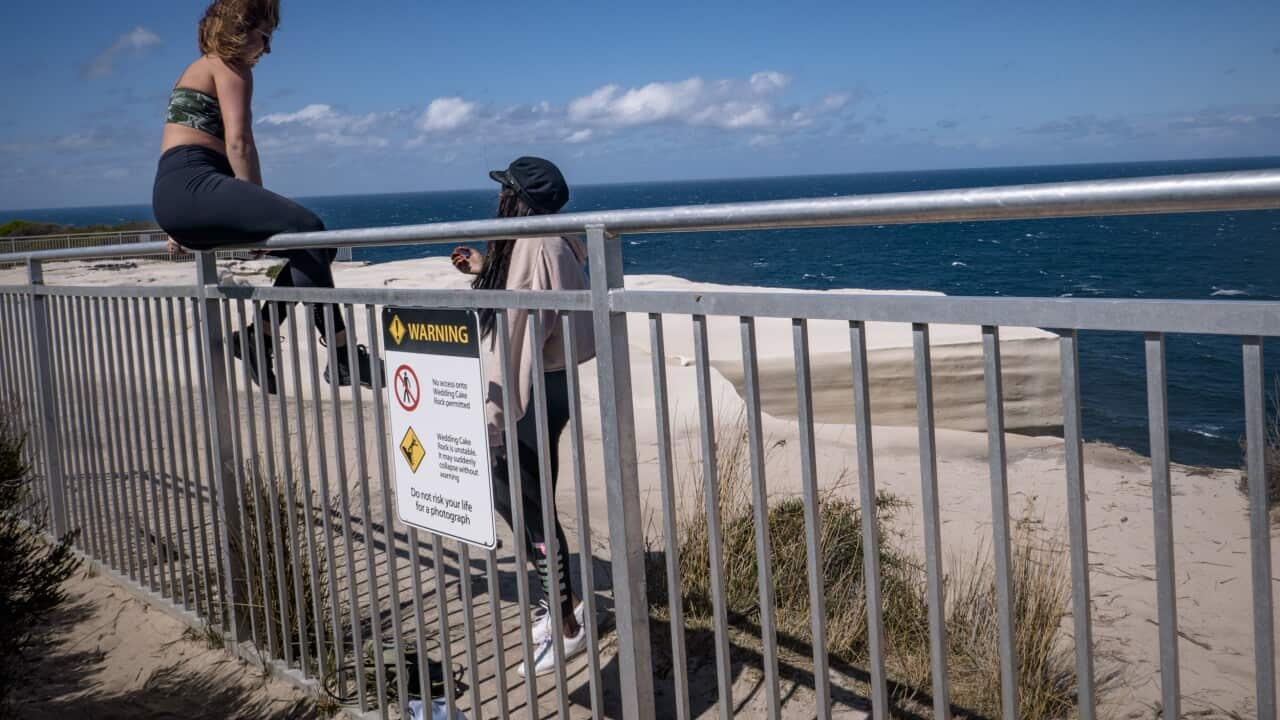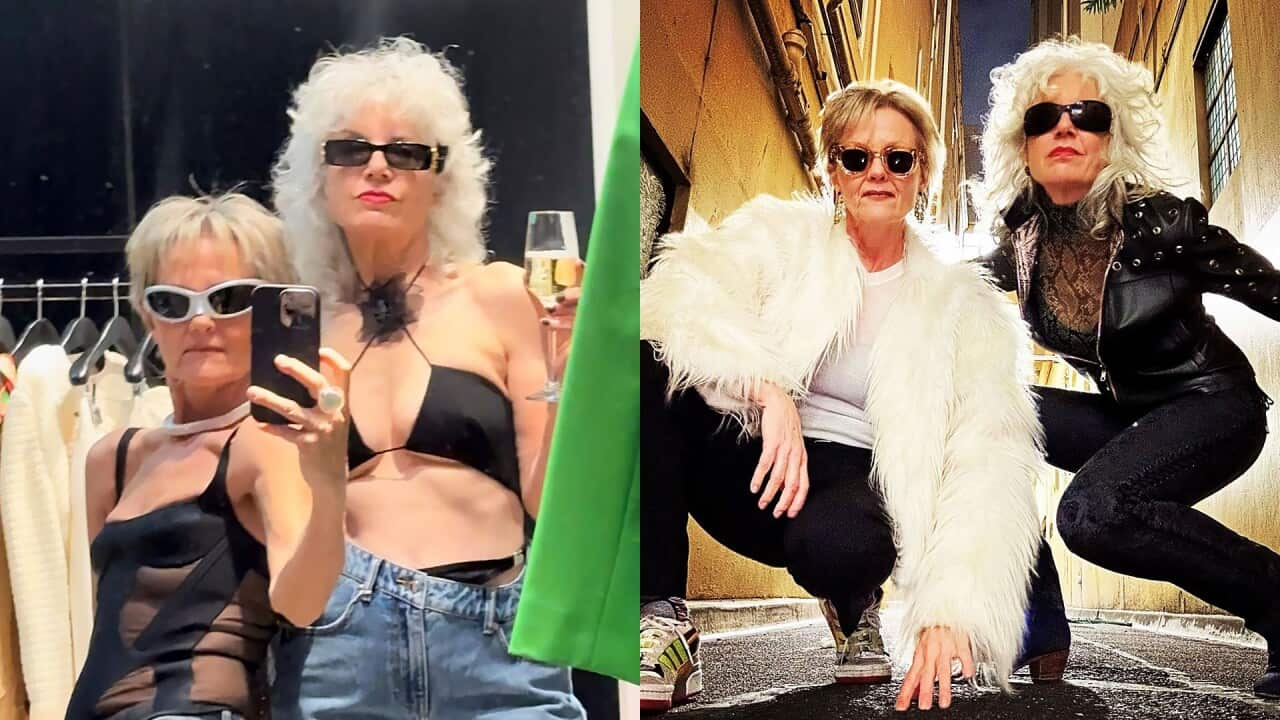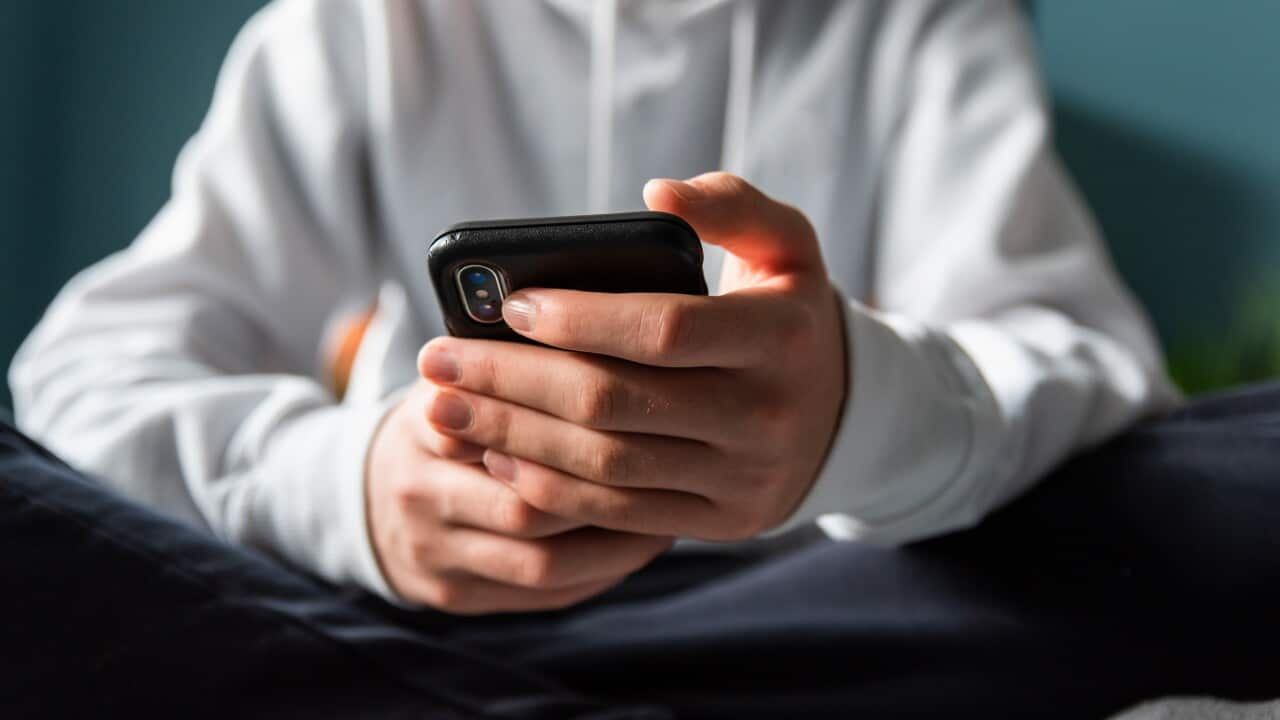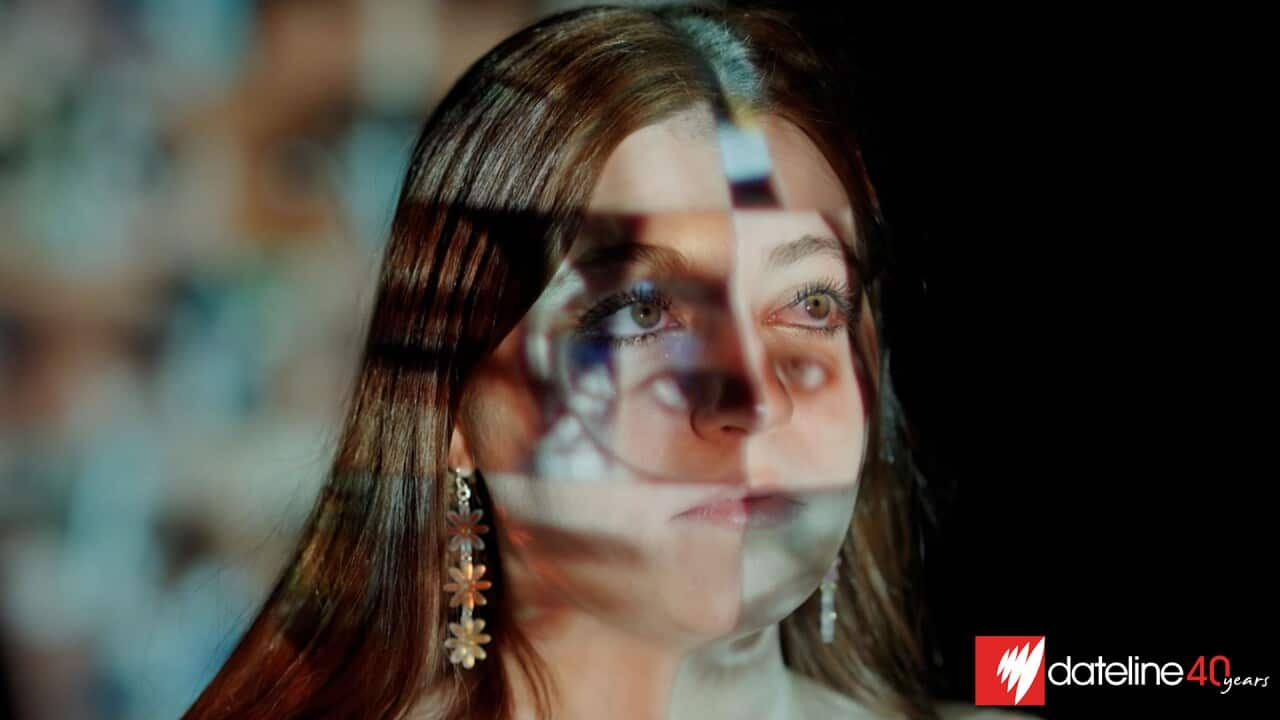This week's Insight episode To the Rescue looks at what drives us to want to save others – and whether we should we always dive in. Watch on
Stream free On Demand

To The Rescue
episode • Insight • Current Affairs • 52m
episode • Insight • Current Affairs • 52m
Landscape photographer Dani Watson loved posting photos of stunning, remote and unusual locations. Then she realised she was fuelling a dangerous selfie-taking culture.
Within hours of posting an image on social media, she would receive a flood of messages from followers.
"They’d ask: 'where did you take it?' 'How did you get there?' 'Can you pinpoint it on Google Maps?'" she told Insight.
"I realised I was sort of creating a roadmap for tourists and influencers."
While she may have taken the photo with a drone, having got all the right permissions, the average person trying to replicate such a picture could be putting their lives in danger, she said.
"Photographers like me were taking photos and geotagging and hashtag tagging them, which was creating a wave of popularity in certain locations with tourists or others who wanted to go and capture those images.
"I was part of the problem."
When it all goes wrong
Monique Sherar knows all too well the perils of accessing dangerous places to take a photo.
One beautiful day after lots of rain she was at Empress Falls in the NSW Blue Mountains. She wanted to capture the view but didn't plan to take a selfie.
In the end she fell before she even had the chance to take a photo.
"One minute I was walking on the track and the next minute I was tumbling through the air," she told Insight.
"I just remember hitting the ground and having this full-body burning sensation. Just like a pain that I never felt before."
After an eight to 10-metre fall, Monique landed in water at the base of a waterfall.
"It was this compounding pain, water, cold, fear and just anxiety of this overwhelming thing that had happened in a split second."
Monique had friends with her who were able to get help quickly. While she miraculously avoided any internal bleeding or head injuries, she sustained multiple fractures. She had to have a hip replacement and now has only 50 per cent movement and strength in her left arm.

After a 10-metre fall in the NSW Blue Mountains, Monique Sherar suffered multiple fractures and has never completely recovered. Source: Supplied
"I think that I'll always still want to get those photos and get that nice view but now I have a calculated approach to adventure. That thrill-seeking nature of me has left."
'Intrinsic reward' on social media
Sergeant Dallas Atkinson, who leads the Police Rescue team in the Blue Mountains, says he's noticed an increase in the volume of people getting out in nature.
“I guess it’s a by-product of COVID and being locked away for so long. People are pushing the boundaries a bit more and going into remote locations, without the full appreciation of the dangers," he told Insight.
Atkinson says the internet and social media now make it easy for people to get directions, though many are ill-prepared for what they may find.
“Unfortunately, some people who are going down that path don’t have adequate experience or knowledge … Nature is also unpredictable so if things go pear-shaped people can be stuck in the middle of nowhere without a lifeline, waiting and hoping to be rescued."

Many beautiful places that people love to capture in a photo are also places where rescues can be challenging. Source: Supplied / Dani Watson
"There's a strong allure on social media for people to get content … and there's an intrinsic reward for doing so," he said.
"Many of these places are in beautiful locations, but also quite hazardous locations. They're hard to rescue people from."
Cornell believes taking selfies in dangerous places isn't just foolish, it's a public health hazard in the same category as smoking or road traffic accidents and needs to be taken seriously.
He has researched the effectiveness of using location-based social media safety messaging to reduce injuries and fatalities at certain locations, and suggests social media influencers could also be useful in sharing the risks.
"We might need to look at using social media influencers to convey safety messages on TikTok and other platforms," he said.
There's a strong allure on social media for people to get content … And there's an intrinsic reward.Samuel Cornell, University of NSW
'Why would you take the risk?'
Photographer Dani's realisation that she was part of the problem led her to start a research project at Melbourne's RMIT University called InstaFame. In it, she documented the risks photographers and tourists were taking in the quest for the perfect pic.
As part of her project, she was photographed in dangerous locations, including at the Grampians National Park in Victoria.
“Even though weather conditions were perfect, there was no wind and I had a rope nearby … I remember saying to the friend who was with me that I don’t think I’ve ever felt so uneasy about something. There was nothing under me. I don’t think that enters some people's minds."
Dani also recognised the toll that so-called selfie tourism was taking on nature.
“When I re-visited a location at Trentham Falls in Victoria where I’d taken photographs two years earlier, it was evident the entire spot was decimated. All the lush ferns were gone and walking paths had been carved through the landscape."

The Sea Cliff Bridge is a part of the Grand Pacific Drive which links Wollongong with its northern beachside villages, the Royal National Park and Sydney. It has brought hundreds more tourists to the region. Source: AAP / PR IMAGE
"This guy had rented a minibus and was doing selfie tours. He just parked at the bottom of Sea Cliff Bridge, pointed the way up, and these tourists with no knowledge of the area walked up this goat track to take selfies.
"They walked back down the same way, slipping and sliding, some were only wearing thongs or barefoot. It seemed to me that the tourist operator was profiting from this selfie culture”.
A group of photographers took Dani up the same way through the steep cliffs.
"Once I got to the top I was like, 'why?' It’s a great view, but why would you take that risk?"
And for more stories head to hosted by Kumi Taguchi. From sex and relationships to health, wealth, and grief Insightful offers deeper dives into the lives and first person stories of former guests from the acclaimed TV show, Insight.
LISTEN TO

Insightful: A new podcast from SBS Insight
SBS News
22/02/202401:00













